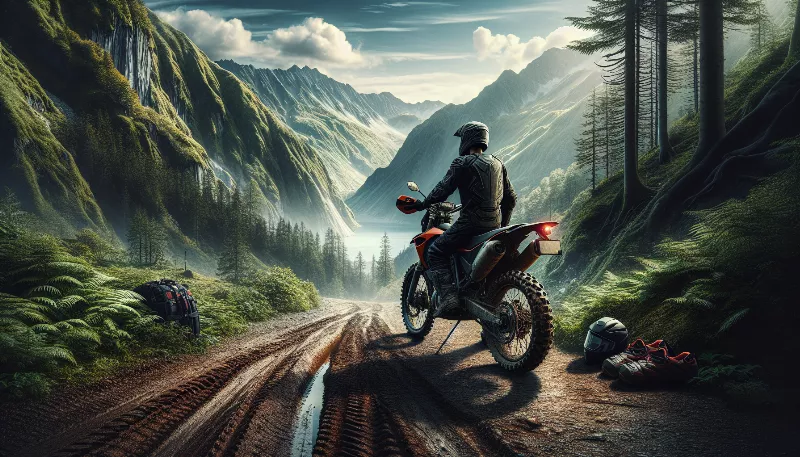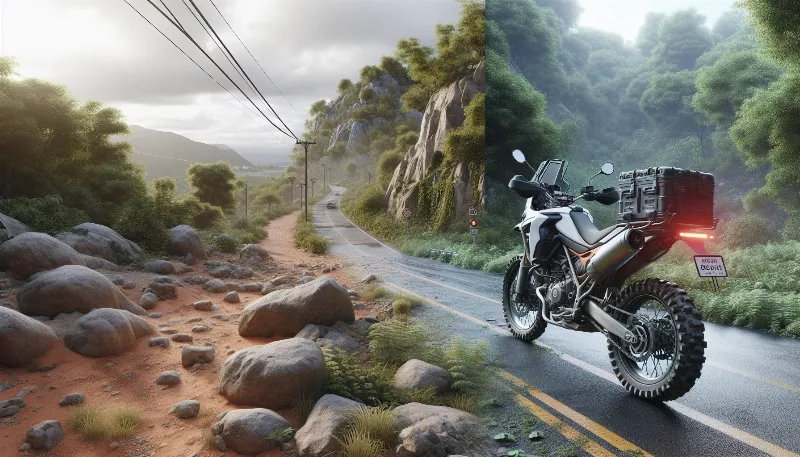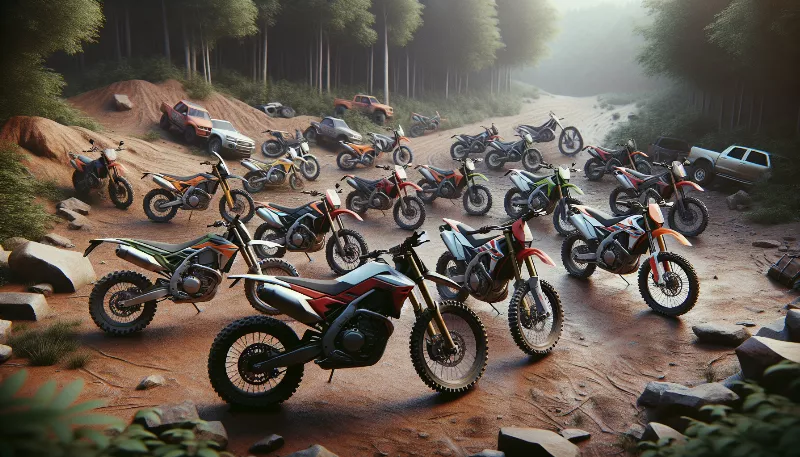Can you explain the key features to look for in a trail bike for technical terrains?
Discover the must-have features for trail bikes tackling technical terrains. Get expert tips on suspension, tires, and frame design for peak performance.

Introduction to Trail Biking Mastery
Are you ready to tackle the rugged, untamed paths that lie ahead? Trail biking on technical terrains is not just about the thrill; it's about precision, control, and having a bike that can handle the unexpected. When you're out conquering rocky inclines, root-laden paths, and sudden drops, your trail bike becomes your trusted steed. Let's dive into the essential features that make a trail bike truly capable of handling these challenges with finesse!
Suspension: Your Shock-Absorbing Ally
One of the first things to consider when selecting a trail bike for technical terrains is the suspension system. A full-suspension bike, equipped with both front and rear shocks, offers the plush ride you need to absorb the bumps and jolts of uneven ground. Look for quality shock absorbers that provide adjustable settings to fine-tune your ride according to the terrain's demands. This adaptability ensures that whether you're floating over rock gardens or navigating tree roots, your bike remains responsive and stable.
Tire Traction: The Grip That Keeps You Grounded
What's a trail bike without its tires? The right set of rubber can make all the difference on technical trails. Opt for tires with aggressive tread patterns that promise unwavering grip in loose or wet conditions. Wider tires, often referred to as 'plus-sized,' offer a larger contact area with the ground, enhancing traction and providing a more forgiving ride over obstacles. Don't forget to consider tubeless tires, which reduce the risk of punctures and allow you to run lower pressures for even better grip.
Frame Geometry: The Blueprint of Balance
The geometry of your trail bike's frame is the blueprint for how it will handle on technical terrain. A slacker head angle gives you more stability when descending steep sections, while a shorter rear end keeps the bike nimble for quick turns and maneuvers. The combination of a low bottom bracket and a longer wheelbase also contributes to a lower center of gravity, which translates to better balance and control when the trail gets rough.
Braking Power: Your Control in Critical Moments
When facing unpredictable terrain, powerful and reliable brakes are non-negotiable. Hydraulic disc brakes are the gold standard for trail bikes, offering consistent stopping power in all weather conditions. Larger brake rotors provide more surface area for heat dissipation, ensuring that your brakes remain effective during prolonged descents or heavy use. The ability to modulate your braking force with precision means you can confidently approach each obstacle, knowing you have the control to stop when it matters most.
Drivetrain Durability: Smooth Shifting on Rugged Rides
A trail bike's drivetrain should be built to withstand the rigors of off-road riding. Look for components that promise durability and smooth shifting, even under load. A wide range of gears is crucial for tackling steep climbs and rapid descents. Some modern trail bikes feature 1x drivetrains, which simplify shifting and reduce maintenance while still offering a broad gear range. Additionally, a clutch-equipped rear derailleur will help keep your chain secure on bumpy trails, preventing annoying drops and potential damage.
Conclusion: Your Trail Bike, Your Adventure
Choosing the right trail bike for technical terrains is about finding the perfect synergy between comfort, control, and capability. With a keen eye for the key features we've discussed, you'll be well on your way to selecting a bike that won't just carry you through the wilderness—it will elevate your entire riding experience. Embrace the challenge, trust your bike, and let the adventure begin!










